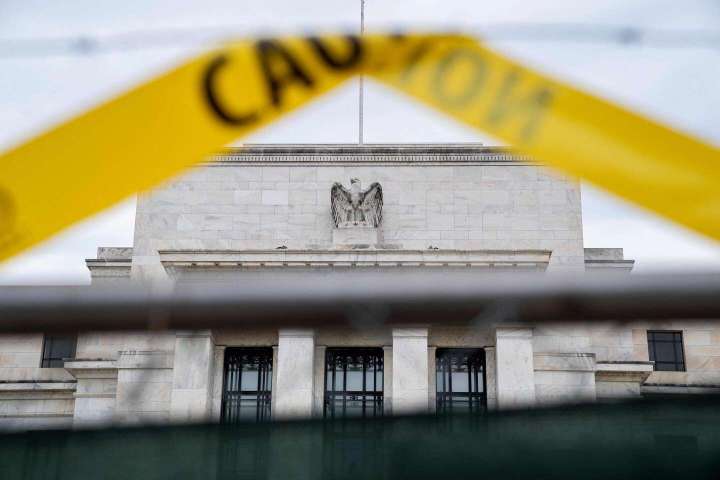The Federal Reserve’s four rate increases earlier this year and expectations around Wednesday’s fifth increase have been major factors in sending both stocks and bonds into bear markets.
‘Revenge of the Savers’: Fed rate rises offer a boon to the cautious

The interest that holders of these funds are getting these days is more than 100 times — or 10,000 percent — above what they were earning at the end of last year.
In addition, yields on short-term Treasury securities, such as 30-day or 1-year Treasury bills, have risen by hundreds of percent above last year’s level.
Call it the Revenge of the Savers, whose interest income had gotten vaporized by the Fed twice in recent years. But now, their income is creeping up a bit.
From March 2020 through this past March, the Fed pushed short-term interest rates down to essentially zero to try to offset economic damage caused by the pandemic.
Before that, the Fed had held short-term rates close to zero from 2009 to 2015 to deal with the house price implosion and the Great Recession and to help bail out the financial system.
Those ultralow rates benefited the overall economy and helped stabilize the financial system, but they hurt savers who were trying to live on the income from safe, secure short-term investments.
According to the Investment Company Institute, the mutual fund industry’s trade organization, there are about 58 million money market mutual fund accounts, which means lots of people benefit when money fund interest yields rise, and have their income diminished when rates fall.
Numbers from Peter Crane, whose Crane Data is the go-to source on money market funds, indicate the funds were yielding 0.02 percent at the end of last year, and had about $5 trillion of assets.
Get out your calculator, multiply $5 trillion by 0.0002, and you see that the funds collectively were yielding about $1 billion a year.
These days, the average yield on these funds is about 2.11 percent. Do the multiplication again, and you see that holders’ annualized income is running a bit over $105 billion a year. That’s more than 105 times — call it 10,500 percent — the year-end number.
To be sure, money fund holders aren’t getting rich on their current income. But it’s way above what they’d been getting. And it’s going to rise more after this week’s Fed increase works its way into money fund yields, a process that will take about three weeks.
Yields will rise more by the end of the year if the Fed, as almost everyone expects, continues raising rates to try to fight inflation.
Crane is projecting a 3 percent yield for money funds by mid-October and about 4 percent by year-end.
For people looking for another safe investment, the 30-day Treasury bill was yielding 2.57 percent on Tuesday, more than 40 times its 0.06 percent yield at the end of last year.
And the one-year Treasury was yielding 4.03 percent, more than 10 times the 0.39 percent that it was yielding at year-end.
I’ve written numerous columns about how prudent, conservative savers were getting screwed by the Fed lowering rates to almost nothing to help bail out the imprudent and bolster the economy.
Now, savers are getting a bit of their own back.
Sure, I don’t want to see the return of the days of double-digit money fund and Treasury bill yields, like we had in the 1980s when inflation was running wild.
But it sure is nice to see tens of millions of people getting yields on safe, short-term investments that include a number to the left of the decimal point rather than looking like a rounding error.






